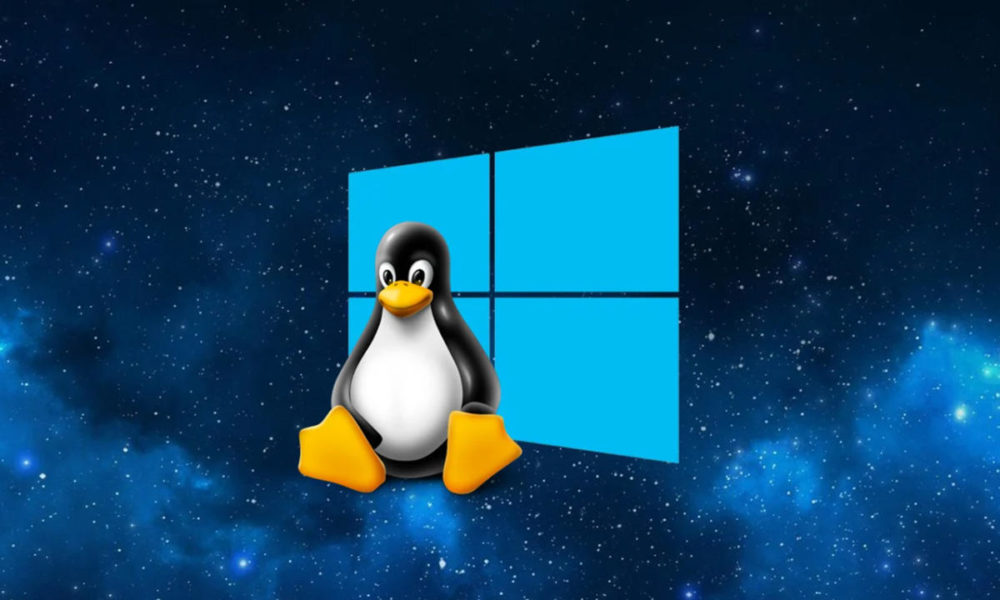Installing Linux on Windows using the Microsoft Guide involves setting up the Windows Subsystem for Linux (WSL), which allows users to run a Linux distribution alongside their existing Windows operating system. This feature provides a seamless integration between Windows and Linux environments, enabling users to run Linux command-line tools and applications directly from Windows. By following the official Microsoft Guide, users can install and configure WSL, choose a preferred Linux distribution from the Microsoft Store, and start using Linux on their Windows machine with minimal setup and configuration.
Enabling the Windows Subsystem for Linux
The first step in installing Linux on Windows is to enable the Windows Subsystem for Linux (WSL) feature. This can be done through the Windows Features dialog or PowerShell. To enable WSL via Windows Features, follow these steps:
- Open the Start menu and search for “Windows Features.”
- Select “Turn Windows features on or off.”
- In the list of features, check the box for “Windows Subsystem for Linux.”
- Click “OK” and restart your computer if prompted.
Alternatively, you can enable WSL using PowerShell with administrative privileges by running the following command:
wsl --installThis command installs WSL and its required components, including the Linux kernel and the default distribution.

Installing a Linux Distribution
Once WSL is enabled, the next step is to install a Linux distribution from the Microsoft Store. To do this:
- Open the Microsoft Store from the Start menu or by searching for it.
- In the search bar, type the name of the Linux distribution you want to install, such as “Ubuntu,” “Debian,” or “Kali Linux.”
- Select the desired distribution from the search results and click “Install.”
- Wait for the installation process to complete.
After installation, the Linux distribution will be available in your Start menu and can be launched like any other application.
Initializing the Linux Environment
After installing the Linux distribution, you need to initialize the environment. This involves setting up a user account and configuring basic settings. To do this:
- Open the Linux distribution from the Start menu.
- The first time you launch the distribution, a terminal window will open, and you will be prompted to create a user account and set a password.
- Follow the on-screen instructions to complete the setup.
This initialization process configures the Linux environment and prepares it for use with the WSL subsystem.
Configuring WSL Settings
To optimize your Linux experience on Windows, you can configure various WSL settings. These settings include adjusting the default Linux distribution, managing the WSL version, and customizing resource allocation. Some key settings you might want to configure include:
-
Default Distribution: If you have multiple distributions installed, you can set a default by running the following command in PowerShell:
wsl --set-default <DistributionName> -
WSL Version: You can check and set the WSL version (WSL 1 or WSL 2) using:
wsl --set-version <DistributionName> <VersionNumber> -
Resource Allocation: For advanced users, you can customize WSL’s resource allocation by creating a
.wslconfigfile in your user profile directory.
Using Linux on Windows
With Linux installed and configured on Windows, you can start using it for various tasks. This includes running command-line tools, managing files, and executing scripts directly from the Linux terminal. To access the Linux terminal:
- Open the Start menu and search for your installed Linux distribution.
- Click on the application to launch the terminal.
You can now use standard Linux commands and utilities, and interact with the Windows file system via /mnt/c, which represents the C: drive.
Integrating Linux Tools with Windows
WSL allows for seamless integration between Linux and Windows tools, making it easier to work across both environments. You can:
-
Access Windows Files: Navigate to Windows files from Linux using the
/mntdirectory, which mounts Windows drives. -
Run Windows Commands: Execute Windows commands from the Linux terminal by prefixing them with
cmd.exe /c. For example:cmd.exe /c dir -
Use Linux Tools in Windows: Invoke Linux tools from Windows applications by specifying their paths or using WSL-compatible software.
This integration enhances productivity by allowing users to leverage the strengths of both operating systems simultaneously.
Troubleshooting Common Issues
During the installation and use of Linux on Windows via WSL, you may encounter some common issues. Here are a few troubleshooting tips:
-
WSL Not Starting: If WSL does not start, ensure that virtualization is enabled in your BIOS/UEFI settings and that WSL is properly installed.
-
Distribution Installation Issues: If a distribution fails to install, try resetting or reinstalling it via the Microsoft Store, or check for updates to WSL and Windows.
-
File Access Problems: If you experience issues accessing files, verify the file permissions and paths. Ensure that you’re using the correct mounting points for Windows drives.
Updating and Upgrading WSL
To keep your WSL installation up-to-date, you should periodically check for updates and upgrades. This includes updating the Linux distribution and WSL itself. To update your Linux distribution:
- Open the Linux terminal.
- Run the following commands:
sudo apt update sudo apt upgrade
To upgrade WSL to the latest version, use PowerShell:
wsl --updateThis ensures that you benefit from the latest features and improvements available for WSL.
Summary
Installing Linux on Windows using the Microsoft Guide involves enabling WSL, installing a Linux distribution, and configuring the environment to suit your needs. By following the outlined steps, you can seamlessly integrate Linux into your Windows workflow, allowing for a versatile and powerful computing experience. Whether for development, system administration, or personal use, leveraging WSL provides a robust platform for running Linux applications and tools alongside Windows.